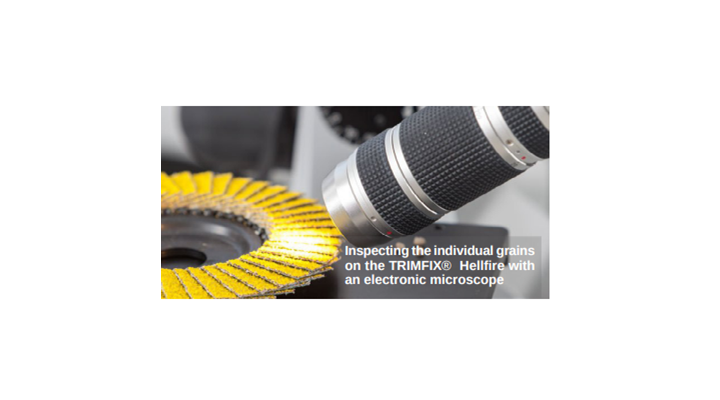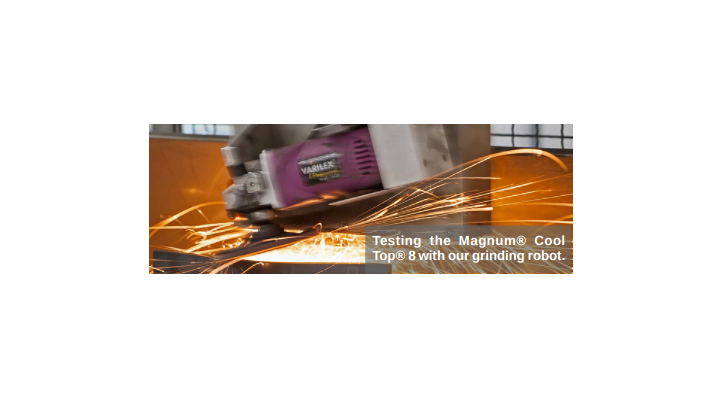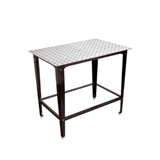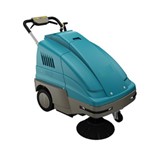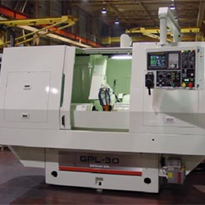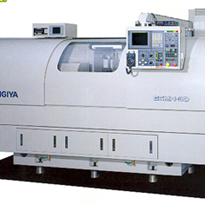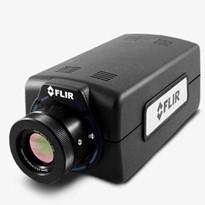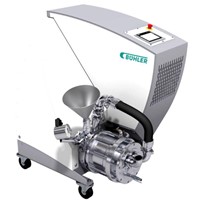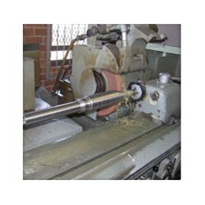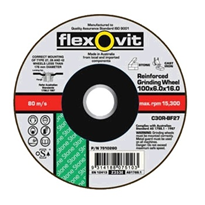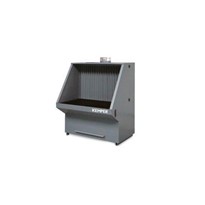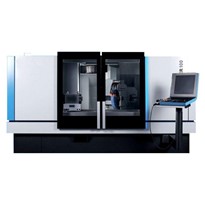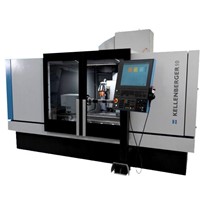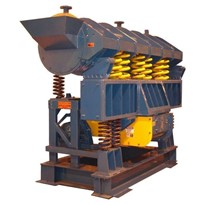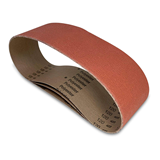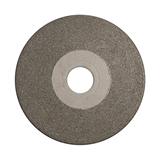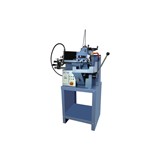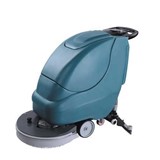There are many variables when grinding, the material, contact pressure, abrasive, cutting speed, the machine and the list goes on. Here, we want to try and simplify what you can do to improve your performance while grinding. We will also go through what to look for in terms of machines and abrasives to try and breakdown how to get the best performance possible. Saving time is saving money.
Most people would tell you that grinding faster is best. That is not always the case. It varies depending on the material, the machine and the type of abrasive. Can your machine handle these speeds and what about your flap disc? We focus heavily on Research & Development to ensure that ours can. Our flap discs are manufactured in Germany and undergo rigorous speed testing (125Ø discs tested for speeds 1.73 times our maximum speed of 12,200rpm in accordance with DIN EN 13743) by using grinding robots to ensure consistent top quality performance across the range. This brings the discussion onto another important point, safety. Low-quality discs can fly apart while in use and non-variable speed machines make it near impossible to have the correct speed.
Low quality discs can fly apart while in use and non-variable speed machines make it near impossible to have the correct speed for the material. We supply our flap discs from Eisenblätter they ensure quality in their manufacturing plant in Geretsried, Germany. There is a large range available for all metals.
Chip thickness (the size of the metal removed from the surface) is also a good indicator if the speed is too low or too high. Generally, if the grinding speed is too low the chips (sparks) are larger and means the abrasive must work harder to remove material which negatively effects the longevity of the abrasive. On the flip side, if the speed is right it reduces the size of the chips, which means the abrasive is effectively removing material and is allowed to, in cases where possible, selfsharpen the grains.
The correct speed varies on the grade of steel/material, for the above test we used ST37 grade steel. If the steel or material is starting to discolour from grinding your speed is likely too fast.
The more pressure that is applied through the machine onto the workpiece more amps are required as the machine must work ‘harder’. Ideally, for grinding, the pressure should be around 8 amps. Unless there is an ammeter attached to the grinder there is no real way to tell how much amperage you are drawing. Therefore, a grinder that can support 8 amps and comes with a tacho- generator (allowing excess pressure to be applied while remaining at constant speed) is so important.
The Varilex® WSF 1800 by 111 Abrasives Australia is a professional variable speed angle grinder with these features listed above. The information about pressure also flows onto the abrasive. There are two extremes, not enough pressure and the grains dull trying to cut into the material. Or too much pressure and the abrasive becomes too hot, glazing the abrasive cloth. Once glazed the abrasive must be cleaned otherwise it simply won’t cut anymore. Top quality abrasives address these issues with ways to keep the abrasive cooler while grinding,meaning you get the benefits of faster working with a high speed but without the negative effects. One such abrasive is the Magnum® Cool Top® available from 111 Abrasives Australia. It incorporates cooling layers for cooler grinding – avoiding discolourations on the surface, on an ABS plastic backingplate not glass fibre. This disc is even vibration resistant and reduces noise while grinding.
We hope you found this article interesting and if you have any questions regarding anything in the article or our products, please contact us.


